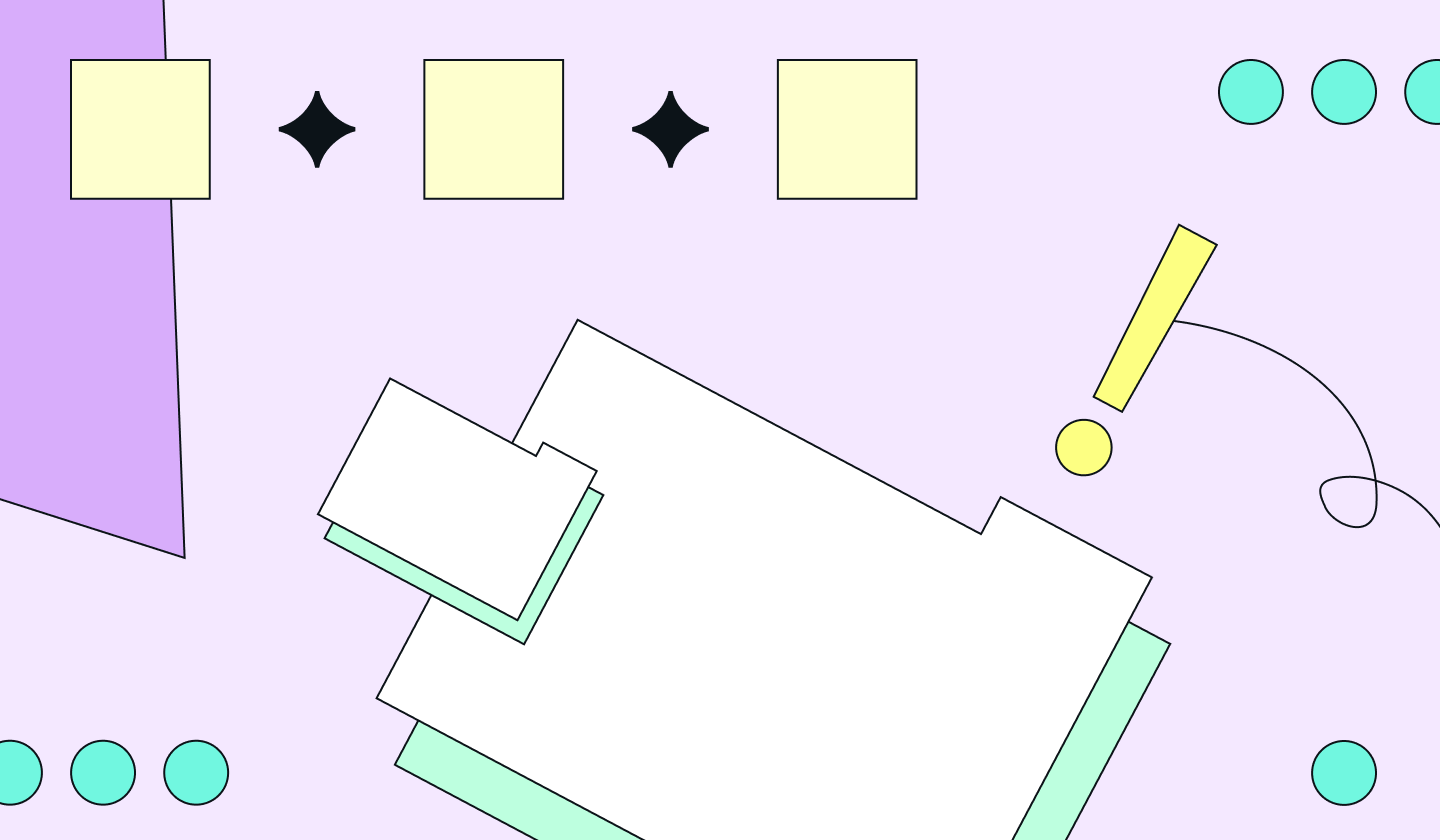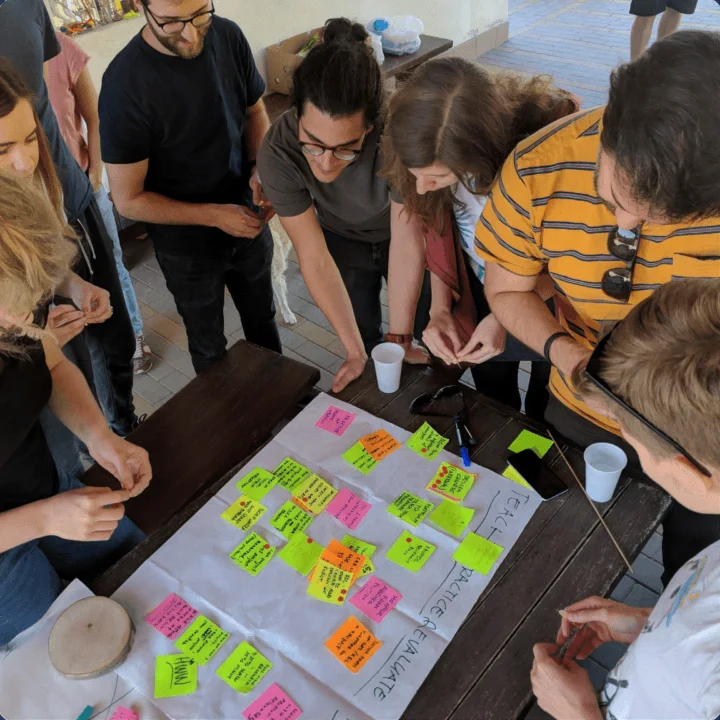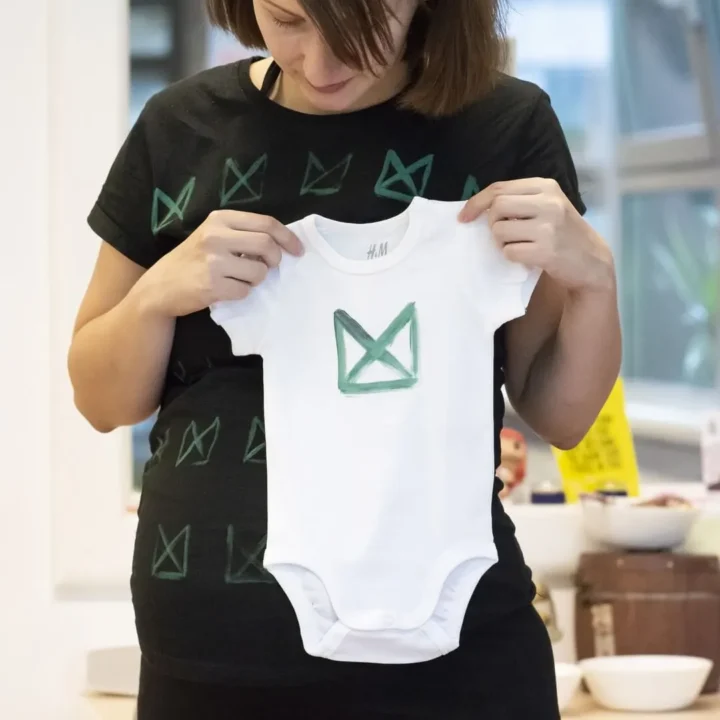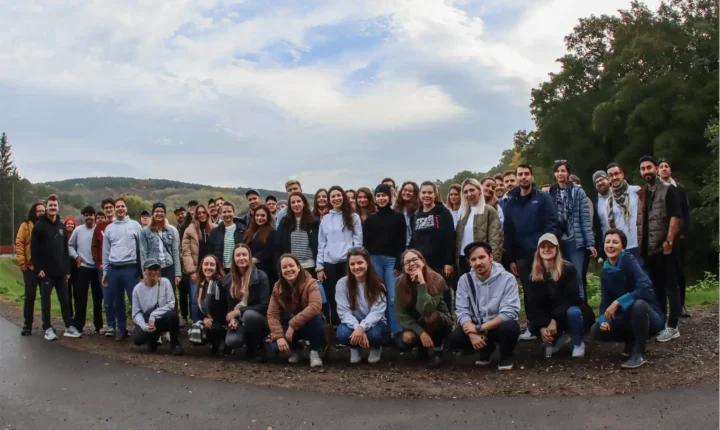Contents
Short-term capacity shortages are hard to handle in bigger organizations. This is true, especially if they aim not to overwhelm their own employees. In this article, we'll share reasons causing capacity issues, how our agency can support these challenges, and why we can successfully handle these collaborations.

Our agency has received new kinds of incoming requests for the last couple of years. These inquiries came from more prominent companies trying to handle capacity challenges.
As a first step, our agency always tries to understand the reasons behind the capacity issues. Afterward, we map out our joining colleagues’ upcoming tasks and responsibilities. While in the end, we agree on the approximate length of the collaboration. After these conversations, our leadership will find the most suitable person for the position who will help the internal team.
Although these collaborations are outside the scope of our primary services, we can still help, thanks to our flexible attitude.
What can cause capacity challenges, and how can we help?
According to our experiences, big organizations can experience capacity challenges for many reasons. What we encounter most frequently are sick leaves, maternity leave, and the length of the hiring process.
Longer sick leaves
Capacity issues within a team can be caused by longer sick leaves. When this happens, organizations need professionals to fill in someone else’s position quickly. In these situations, these companies might be unable to delegate those tasks to someone else internally. This can be because their employees are already working at total capacity or they don’t have suitable experts.
How can we help solve these situations?
When they reach out, these organizations aim to find a quick and suitable replacement for a time-to-time indefinite period.
Last year, one of our designers started covering for sick leave at a big organization. The contract didn’t start back then because the organization wanted someone specifically to replace someone on sick leave. However, soon, one of their internal colleagues needed time off.

So, the main task for our designer ended up being picking up the tasks left behind by the internal person and continuing the work without causing delay. But, occasionally, being quick in these situations is not easy. When a leave starts from one day to another, the tasks left behind are not always well documented.
Therefore, this designer needed to have alignment meetings first. At the same time, they were collecting as much information as they could before starting the design work. Since we are trained to onboard quickly, this was not a problem. Our designer started the design work speedily and still works for this company.
Maternity leave
Another example we experienced is capacity challenges caused by maternity leave. Our agency is working with clients from all over the world. Different countries have different regulations for the length of maternity leave. We see that bigger organizations would not hire a new person if it is only for a year or less.

How can we help solve these situations?
Last year, two of our researchers joined a big company’s research team. This company looked to cover two of their researchers starting their maternity leave. They planned to stay home for one year, so the company didn’t consider hiring a new colleague. They contacted us to consult on their situation and find a solution whether and how we can help them. Ultimately, they signed a contract for two of our researcher colleagues for a year.
At this company, our colleagues not only participated in the onboarding process but also took over whole responsibilities. They built into the company structure almost like they were part of it. They attended alignments and weekly and team meetings. Moreover, they were part of strategic research activities within the company. Eventually, they also prepared a handover to provide a smooth transition within the company.
Lengthy hiring processes
In the last couple of years, we also met the need to provide professionals because of the length of hiring processes at big companies. Most of the time, big organizations have recruitment processes that consist of multiple rounds. During these rounds, they assess hard and soft skills. From time to time, they also check personality traits and being a team fit. Accordingly, these processes can take multiple months. This way, these organizations cannot always hire someone during the leaving colleague’s resignation period.
How can we help solve these situations?
At this point, we have multiple designers working for companies where they are actively recruiting to hire internal experts. Usually, these companies need time to find proper candidates. Also, from time to time, so many people are involved in the recruitment process that it is hard to move on quickly. Moreover, even if they find someone to hire, another colleague decides to leave. For these reasons, we also provide an extension of the collaborations if needed.
When these companies reach out, we can provide experts in time to take over the tasks of colleagues who are leaving. This way, with the proper takeover period, our professionals can ensure that work will continue without difficulties.
Why are we successful with these collaborations?
After introducing use cases where we can also provide help, we would like to highlight the most important things that help us fulfill these collaborations as well.
Broad expertise with different backgrounds
One significant advantage we have is that our colleagues are from all around the world. What is more, with different professional backgrounds. Among our UX researchers, we have colleagues who have studied psychology, academic research, and finance or worked as a project manager or market researcher before. Also, among our UX Designers, we have people with graphic design, front-end development, industrial product design, law or architecture experiences.
So, when a request arrives, our company can evaluate who would be the best match for the collaboration. Our leadership considers professional background, previous experiences, and the colleague’s personality.
Also, we must highlight that we provide dedicated colleagues working on a project. But, we have a strong team collaboration within our agency as well. This means that even if we face challenging or unexpected situations, our professionals are always there to help each other.

We can onboard quickly
Since we are an agency, we are used to fast-paced, time-to-time, high-pressure projects. Because of this, we can all be on board with different topics within days. Moreover, we also trained to find our places in different team setups as quickly as possible.
During our mentoring period, we also learn how to gather as much information as possible in a short time. So we can start working on projects even within days.
Trained in client and project management
We develop strong project and client management skills during our onboarding and collaborations. All our colleagues are trained to lead projects, including client communication and alignments.
We are all experienced in starting and finishing projects, from planning to handover. We can also identify and assess risks and communicate them. While during the whole process, we make sure that the client’s needs and expectations are understood and addressed in our work.
And how are these collaborations good for us?
It is also essential to emphasize that when our professionals join these companies, they become part of the team. They will attend meetings, have alignments with stakeholders, and deliver solutions. In other words, we will align next to internal people and work towards the same goals.
While working for the same goal, we will give all our expertise and experiences. Also, our professionals are usually heard and seen at these companies regarding decisions.
We have shorter and longer collaborations to help with short or long-term capacity challenges. Some of us spend more than a year working for the same company. This leads to internal and external colleagues getting to know each other and having lots of experiences together. Side by side, they will experience failures and small or big wins together. But one thing is for sure: they will support each other.
In the meantime, our experts are also growing as professionals during these collaborations. We can try different tools and work with various tracking systems in different team setups. In these different setups, we also give and receive feedback and try new solutions for the same tasks. Also, we learn how to operate in bigger companies and collaborate with people in different roles, such as project managers, product owners, internal designers, researchers, or even the head of product.
By this, we are saying that it is hard to say goodbye to these teams from time to time, but we are always grateful for nice collaborations.
Summary
As an agency, we always try to adapt to the changing trends and needs. Lately, we have experienced that the need for external help to address capacity challenges increased. Multiple reasons can cause capacity issues and are hard to handle internally.
So lately, we had multiple discussions with stakeholders from bigger organizations. We have learned about the causes of capacity shortages and their needs during these periods. Thanks to collaborations followed by these conversations, we are confident in providing big organizations with short- or long-term support.
At UX Studio, we are always open to every out-of-the-box inquiry. Moreover, we are always more than happy to discuss diverse needs and root causes and find a way to help. So, with this, we encourage everyone who thinks their problem is out of our focus to reach out.
Is there anything we can do for you at this moment?
Get in touch with us, and let’s discuss your current challenges. Our experts would be happy to assist with the UX strategy, product and user research, or UX/UI design.
Not sure yet? Check-out our case studies and what our long term partners tell about us.




